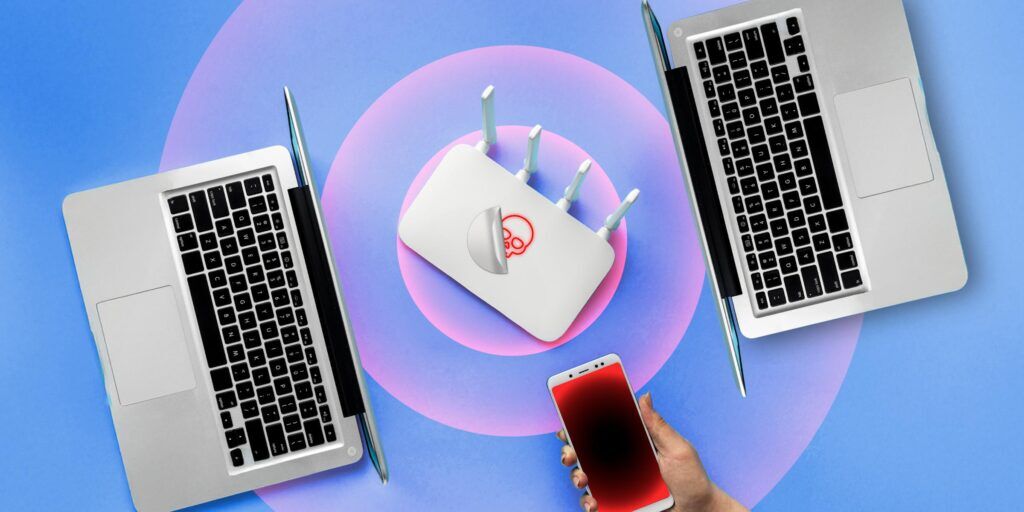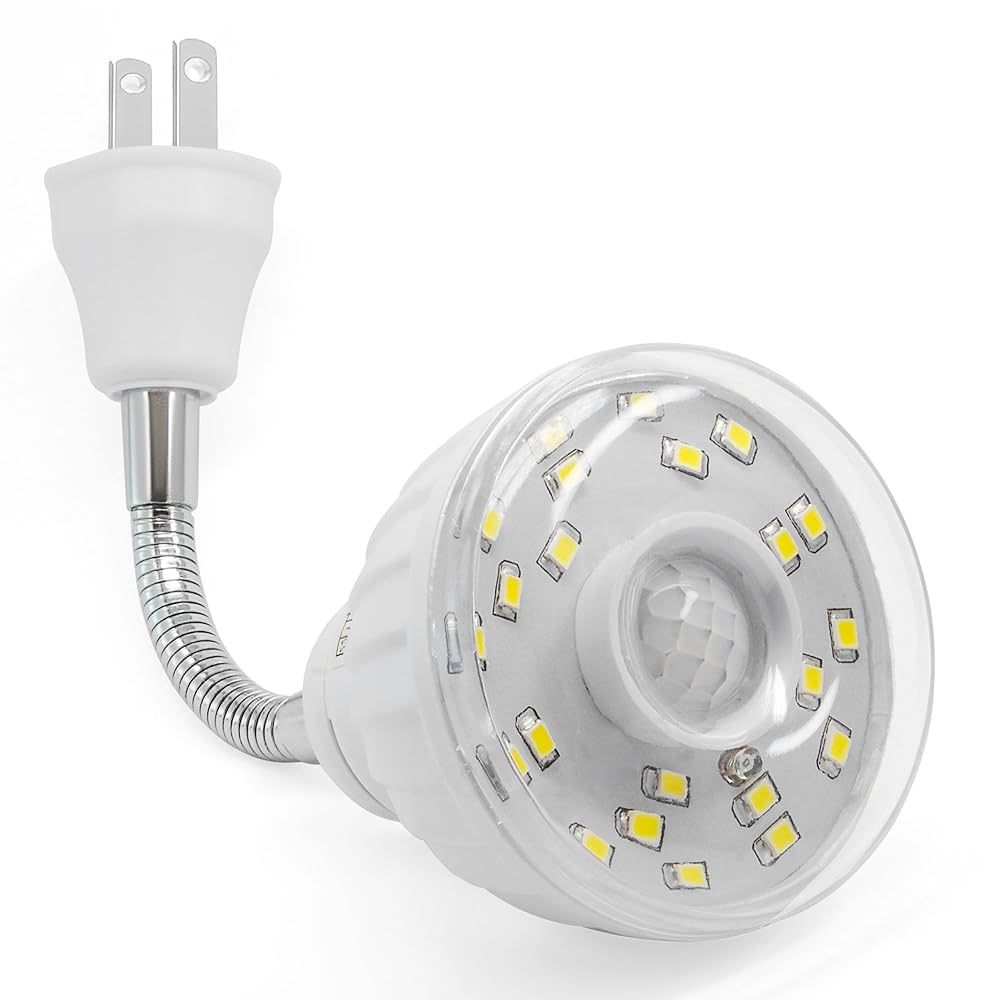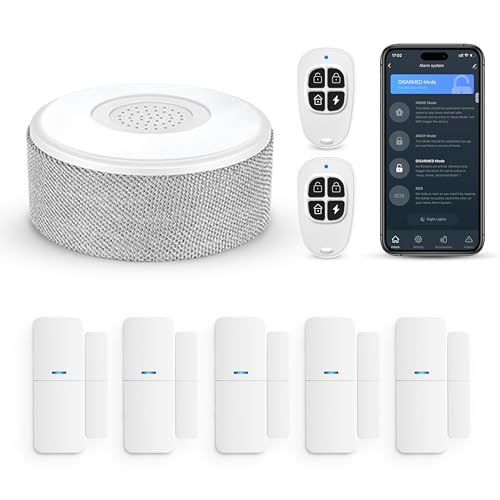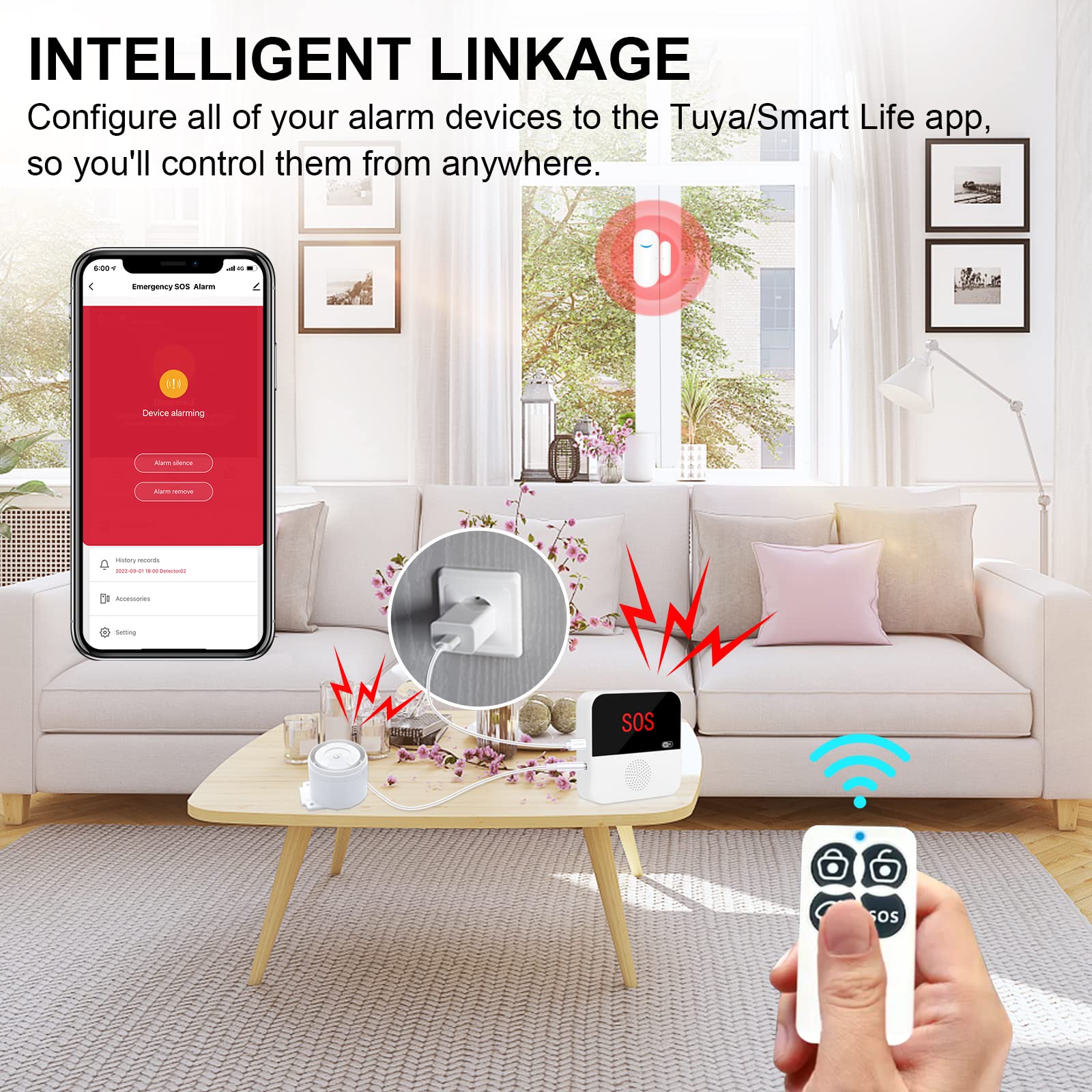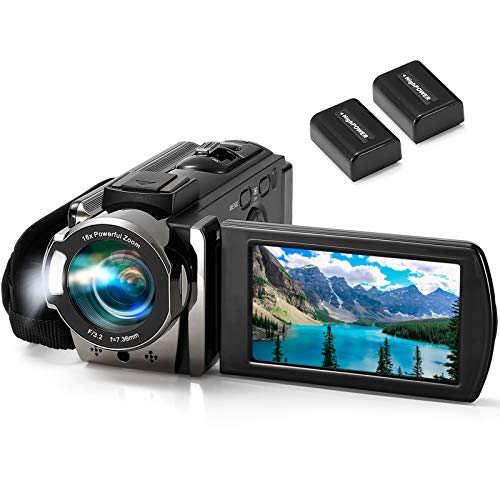Imagine controlling your entire home with just one simple system—lights, security, temperature, and more—all working together seamlessly. That’s exactly what a bridged home automation setup can do for you.
It connects different smart devices, even if they use different technologies, so you don’t have to juggle multiple apps or remotes. If you want to make your home smarter, easier to manage, and more secure, understanding bridged setups is the key.
Ready to discover how this can transform your daily life? Keep reading to unlock the secrets behind the smartest homes.

Credit: www.accentondesign.net
What Is Bridged Home Automation
Bridged home automation connects different smart devices in one system. It allows devices from different brands to work together.
This setup uses a bridge or hub to link devices with various protocols. It creates a smooth and unified smart home experience.
How A Bridge Works In Home Automation
A bridge acts as a translator between devices. It converts signals so different gadgets can understand each other.
The bridge connects to your home Wi-Fi or network. It then communicates with devices using their native protocols.
- Supports multiple device protocols
- Centralizes control in one app or system
- Makes devices compatible with voice assistants
Benefits Of Bridged Home Automation
Bridged setups let you mix devices from many brands. This gives more choices when building your smart home.
You can control all devices from one place. This makes managing your home easier and faster.
- Flexible device selection
- Single control app or hub
- Better device compatibility
Common Protocols Used In Bridged Systems
Bridged home automation supports many protocols. These include Zigbee, Z-Wave, Wi-Fi, and Bluetooth.
Each protocol has strengths for different device types. A bridge helps these protocols work together smoothly.
| Protocol | Use |
| Zigbee | Low power, mesh networking for sensors |
| Z-Wave | Secure, reliable for lighting and locks |
| Wi-Fi | High bandwidth for cameras and speakers |
| Bluetooth | Short range, easy setup for small devices |
Examples Of Devices In Bridged Automation
Many devices work well in bridged systems. These include smart bulbs, thermostats, locks, and sensors.
The bridge helps these devices communicate and respond to commands from one app.
- Smart light bulbs from different brands
- Thermostats with different protocols
- Door locks that need secure control
- Motion and door sensors
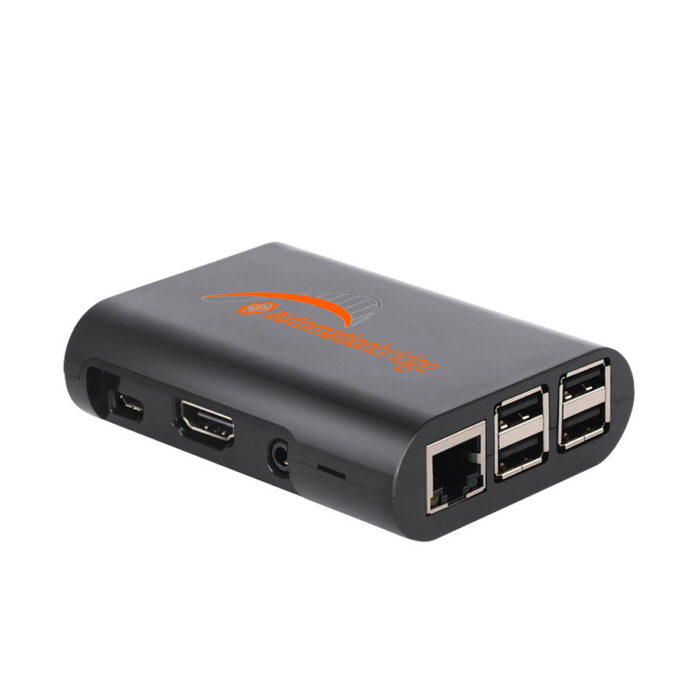
Credit: www.smarthome.com.au
Benefits Of Bridged Systems
Bridged home automation setups connect different devices and networks. They let your smart devices work together smoothly.
These systems improve control, efficiency, and convenience in your smart home. They make managing devices easier for everyone.
Improved Device Compatibility
Bridged systems allow devices from different brands to communicate. This helps you use many smart products together without issues.
You do not need to buy all devices from one brand. The bridge connects them into one system.
Centralized Control
With bridged setups, you control all your devices from one place. This can be a single app or a smart hub.
It saves time and effort because you do not switch between apps or remotes.
Enhanced Automation
Bridged systems let you create smart routines. Devices can work together based on your needs.
- Turn lights off when you leave home
- Adjust thermostat when you arrive
- Activate security cameras at night
This automation makes your home safer and more energy-efficient.
Scalability And Flexibility
Bridged systems allow you to add new devices easily. You do not need to replace the whole system.
This means your smart home can grow with your needs without extra costs.
Better Network Performance
Bridges can reduce network traffic by managing device communication. This helps your home network run smoothly.
It also lowers delays in commands and improves response times for your devices.
Key Components Needed
Bridged home automation setups connect different devices to work as one system. These setups improve control and ease of use.
To build a bridged system, you need some key components. Each part plays a role in making your smart home run smoothly.
Central Hub Or Bridge
The central hub links all your smart devices. It acts as the main controller for communication between devices.
This hub often supports different wireless protocols like Zigbee or Z-Wave. It helps devices from different brands work together.
Smart Devices
Smart devices include lights, thermostats, locks, and sensors. These devices perform tasks you want to automate.
They must be compatible with your hub or bridge. This ensures they can communicate and be controlled from one place.
Communication Protocols
Communication protocols allow devices to talk to each other. Common protocols are Wi-Fi, Zigbee, and Z-Wave.
Choosing devices that use the same protocol makes setup easier. Some hubs support multiple protocols for more options.
- Wi-Fi works with many devices and uses your home internet.
- Zigbee uses low power and supports many devices in a mesh network.
- Z-Wave also uses low power and is popular for security devices.
Smartphone App Or Control Interface
A control app lets you manage your smart home from anywhere. It connects to the hub and sends commands to devices.
The app shows device status and allows you to set schedules or automation rules. It is key to easy control.
Power Supply And Network
Reliable power is needed for hubs and devices. Some devices use batteries, while others plug into outlets.
A strong Wi-Fi network supports communication between devices and your phone app. Good coverage is important for smooth operation.
- Use stable power adapters for hubs
- Keep Wi-Fi routers central in your home
- Consider Wi-Fi extenders for large areas
Popular Bridge Devices
Bridged home automation setups connect many smart devices. A bridge device links these devices to work as one system.
These bridge devices help control lights, sensors, and other smart gadgets from one app or voice command.
Philips Hue Bridge
The Philips Hue Bridge connects smart lights to your network. It allows control of many lights at once.
The bridge supports voice control and scheduling. It works with popular smart home systems.
- Connects up to 50 Hue lights
- Supports Apple HomeKit, Alexa, Google Assistant
- Enables remote control and automation
Samsung Smartthings Hub
Samsung SmartThings Hub links many smart devices from different brands. It acts as the center of a smart home.
The hub supports Zigbee and Z-Wave devices. It allows easy automation and remote control.
- Supports Zigbee and Z-Wave protocols
- Works with smart lights, locks, sensors, and cameras
- Offers app control and voice assistant support
Amazon Echo Plus
Amazon Echo Plus is a smart speaker with a built-in Zigbee hub. It connects and controls smart devices easily.
The device supports voice commands through Alexa. It works well for small home automation setups.
- Built-in Zigbee hub for device connection
- Voice control with Alexa
- Controls lights, plugs, and sensors
Google Nest Hub Max
Google Nest Hub Max is a smart display with a built-in hub. It works with many smart home devices.
The device offers voice control with Google Assistant. It shows device status on screen for easy management.
- Supports many smart home devices
- Voice control with Google Assistant
- Visual control via touch screen
Wink Hub 2
Wink Hub 2 connects devices using multiple protocols. It supports Zigbee, Z-Wave, and Bluetooth devices.
The hub offers an easy setup and app control. It can manage lights, locks, sensors, and more.
- Multi-protocol support: Zigbee, Z-Wave, Bluetooth
- Simple app control and automation
- Compatible with many smart devices
Setting Up Your Bridge
A bridge connects your smart devices to your home network. It lets different devices work together smoothly.
Setting up the bridge is important for a reliable home automation system. This guide helps you start correctly.
Choosing Compatible Devices
Not all devices work with every bridge. Check if the devices support the same communication protocol.
Common protocols include Zigbee, Z-Wave, and Wi-Fi. Make sure your devices match the bridge system.
- Check device manuals for supported protocols
- Use devices from brands known to work together
- Avoid mixing too many different protocols
Connecting To Home Network
Connect your bridge to your home Wi-Fi or Ethernet. This lets it control devices from anywhere in your home.
Use a strong and stable internet connection. This helps avoid delays or connection drops during automation.
- Place the bridge near your router for best signal
- Use Ethernet if Wi-Fi is weak or unstable
- Follow the bridge’s setup instructions carefully
Configuring Control Apps
Use control apps to manage devices connected to your bridge. These apps let you set schedules and monitor devices.
Download the app recommended by your bridge maker. Sign in and follow the setup prompts to add your devices.
- Allow app permissions for full control
- Create rooms or groups for easier management
- Test commands to confirm devices respond correctly
Integrating Voice Assistants
Bridged home automation setups connect different smart devices. Voice assistants make it easier to control these devices.
Using voice commands helps you manage your home without touching screens or switches.
Choosing Compatible Voice Assistants
Not all voice assistants work with every home device. Check which assistants support your devices before setting up.
Popular options include Amazon Alexa, Google Assistant, and Apple Siri. Each has unique features and compatibility.
- Amazon Alexa works with many smart home brands
- Google Assistant offers strong search and control features
- Apple Siri integrates well with Apple HomeKit devices
Connecting Devices Through Bridges
Bridges link devices that use different communication protocols. They help voice assistants control all devices in one place.
For example, a Zigbee bridge lets Alexa control Zigbee devices even if Alexa does not support Zigbee natively.
- Identify the protocols your devices use (Zigbee, Z-Wave, Wi-Fi)
- Choose a bridge that supports these protocols
- Connect the bridge to your home network and voice assistant
Setting Up Voice Commands
After connecting devices, set up voice commands for easy control. Customize commands to fit your daily routine.
Use simple phrases to turn on lights, adjust thermostats, or check security cameras.
- Create routines for common tasks, like “Good Night” to turn off lights
- Test voice commands to ensure devices respond correctly
- Keep commands short and clear for better recognition
Ensuring Privacy And Security
Voice assistants listen for commands, so privacy is important. Secure your setup to protect your data.
Use strong passwords, update devices regularly, and review privacy settings on voice assistant apps.
- Enable two-factor authentication for your accounts
- Limit voice assistant access to sensitive devices
- Turn off voice assistant microphones when not in use
Troubleshooting Common Issues
Bridged home automation setups connect different devices using a central hub. This system helps devices talk to each other smoothly.
Sometimes, these systems face problems. Knowing how to fix common issues saves time and keeps your home smart working.
Connection Problems Between Devices
Devices may lose connection with the bridge. This stops them from working together properly.
Check if devices are within range of the bridge. Walls and interference can block signals.
- Move devices closer to the bridge
- Remove or reduce obstacles like thick walls
- Restart both the device and the bridge
- Check if the device firmware is updated
Bridge Not Responding
The bridge may stop responding to commands. This can cause all connected devices to fail.
Try restarting the bridge. Unplug it for 10 seconds and plug it back in. This often fixes the issue.
- Check the power supply to the bridge
- Ensure the bridge is connected to your network
- Update the bridge’s software if updates are available
Devices Not Showing In The App
Sometimes devices do not appear in the control app. This makes it hard to manage them.
Check if the device is properly paired with the bridge. Re-pair the device if needed.
- Open the app and refresh the device list
- Remove the device and add it again
- Restart the app and your phone
Automation Rules Not Working
Automation rules may fail or run at wrong times. This stops your home from working smartly.
Check that the rules are set correctly. Confirm the devices used in the rules are online.
- Review each rule for correct triggers and actions
- Make sure devices involved are connected
- Test rules by simulating triggers
Slow Response From Devices
Devices may react slowly to commands. This can make the system frustrating to use.
Check your network speed and bridge performance. Too many devices can slow down the system.
- Limit the number of devices connected to one bridge
- Use a strong Wi-Fi or wired connection for the bridge
- Restart the bridge to clear memory
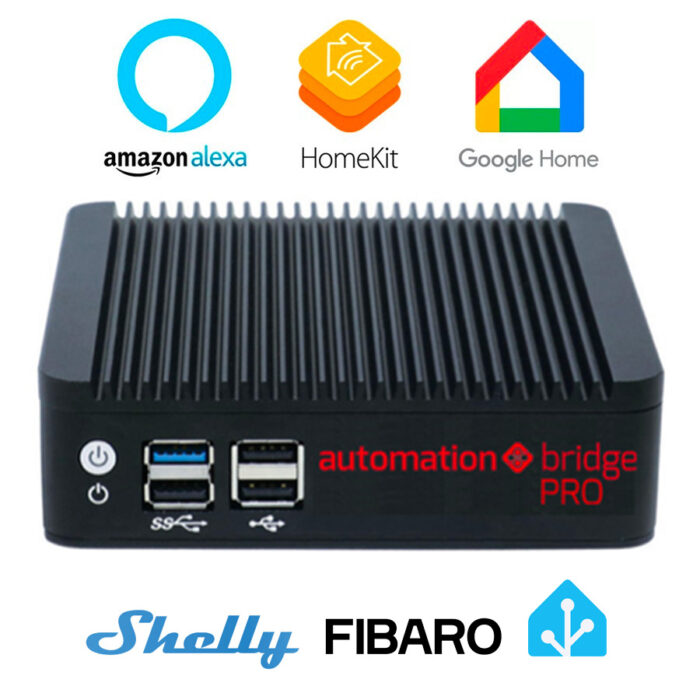
Credit: www.smarthome.com.au
Security Considerations
Bridged home automation setups connect different smart devices through a central hub. This makes it easier to control many devices from one place.
Security is very important to protect your home and personal data in these setups. You must understand the risks and how to reduce them.
Secure Your Bridge Device
The bridge device links all your smart gadgets. If it is not secure, hackers can access your entire system.
Always change the default password on your bridge. Use a strong password with letters, numbers, and symbols.
- Update the bridge firmware regularly
- Disable unused features to reduce attack points
- Place the bridge in a secure physical location
Use Encrypted Communication
Data sent between devices and the bridge must be encrypted. Encryption prevents outsiders from reading your information.
Choose bridges and devices that support secure protocols like WPA3 or TLS. Avoid setups that use open or weak connections.
- Enable encryption settings in your device apps
- Use secure Wi-Fi networks for your bridge
- Turn off guest networks when not needed
Limit Device Access
Only allow trusted devices and users to control your home automation system. Too many users increase risk.
Set up user accounts with limited permissions. Remove access for old or unused devices quickly.
- Create strong passwords for each user
- Use two-factor authentication if available
- Review access logs to spot unusual activity
Keep Software Updated
Manufacturers release updates to fix security flaws. Running old software leaves your system vulnerable.
Check for updates often on your bridge and smart devices. Set updates to install automatically when possible.
- Update bridge firmware monthly
- Update device apps on smartphones
- Read update notes for security improvements
Monitor Network Activity
Watch your home network for unusual traffic. Strange data may signal a security breach.
Use network tools or apps to track connected devices and data flow. Disconnect unknown devices immediately.
- Check router logs regularly
- Use firewall settings to block suspicious access
- Set alerts for new device connections
Future Trends In Bridged Automation
Bridged home automation connects devices from different systems. This makes managing smart homes easier and more flexible.
New trends in bridged automation show how technology will grow. These changes will help homes become smarter and more responsive.
Improved Interoperability Between Devices
Future bridged systems will allow more devices to work together smoothly. Different brands and platforms will communicate better.
This will reduce compatibility issues. Users can add more smart devices without worrying about connection problems.
Enhanced Voice Control Integration
Voice assistants will play a bigger role in bridged automation. They will control multiple devices across different systems with ease.
This will make using smart homes more natural. People can control lights, locks, and appliances using simple voice commands.
Ai And Machine Learning For Smarter Automation
Artificial intelligence will analyze user habits and adjust devices automatically. This will create a more personalized home experience.
Machine learning will help systems predict needs and save energy. Devices will work together to improve comfort and efficiency.
Greater Focus On Security And Privacy
Security will become a priority in bridged automation setups. New trends will include stronger data protection and safer device connections.
Users will have more control over their data. This will help prevent unauthorized access to smart home systems.
Energy Management And Sustainability
Bridged setups will include better energy monitoring tools. These tools will help users reduce power use and lower bills.
Smart homes will work with solar panels and batteries. This trend supports eco-friendly living and energy independence.
- Real-time energy tracking
- Automated device power management
- Integration with renewable energy sources
Frequently Asked Questions
What Is A Bridged Home Automation Setup?
A bridged home automation setup connects different smart devices and systems. It allows seamless control via one platform. This setup improves compatibility and enhances user experience. Bridging devices helps integrate various brands and technologies efficiently. It simplifies managing your smart home ecosystem.
How Do Bridged Home Automation Setups Improve Compatibility?
Bridged setups use a central hub or bridge to connect diverse devices. This bridge translates different protocols for smooth communication. It resolves compatibility issues between brands or standards. Users enjoy unified control and automation. This approach enhances flexibility and future-proofs your smart home.
Can I Use Bridged Setups With Voice Assistants?
Yes, bridged home automation setups often support major voice assistants. They integrate with Amazon Alexa, Google Assistant, or Apple Siri. This allows voice control of all bridged devices. It provides hands-free convenience and enhances smart home accessibility. Voice commands become more powerful and versatile.
Are Bridged Home Automation Setups Secure?
Bridged setups can be secure if properly configured. Using strong passwords and updated firmware is essential. Choose bridges with robust encryption and security features. Regularly monitor connected devices for unusual activity. Secure setups protect your privacy and smart home data effectively.
Conclusion
Simplifying home automation makes life easier. Bridged setups offer seamless control. They connect various smart devices under one platform. This means less hassle and more convenience. Compatibility issues become a thing of the past. Users enjoy smoother operations and enhanced experiences.
A smarter home awaits with these integrations. Consider your needs and choose the right setup. The future of home automation is here. Simple, effective, and user-friendly. Begin the journey to a connected lifestyle today. A smarter home is within reach.
Embrace technology with confidence and ease. Your home, your rules, just smarter.
28 min read

